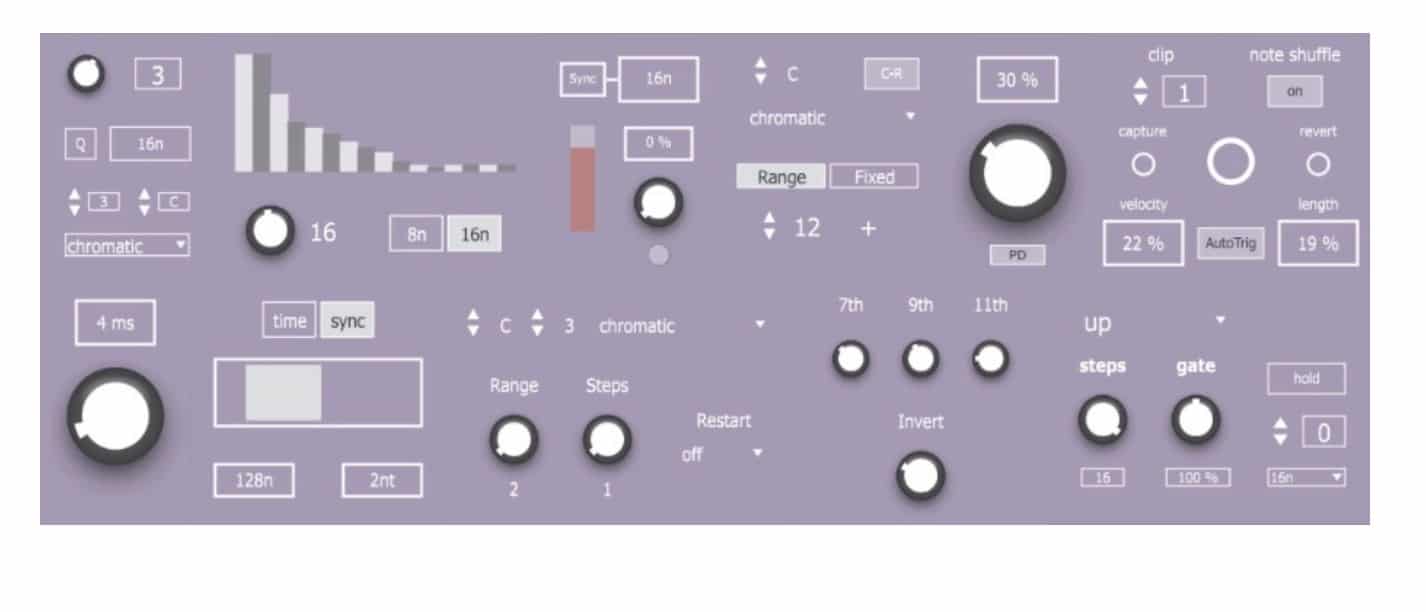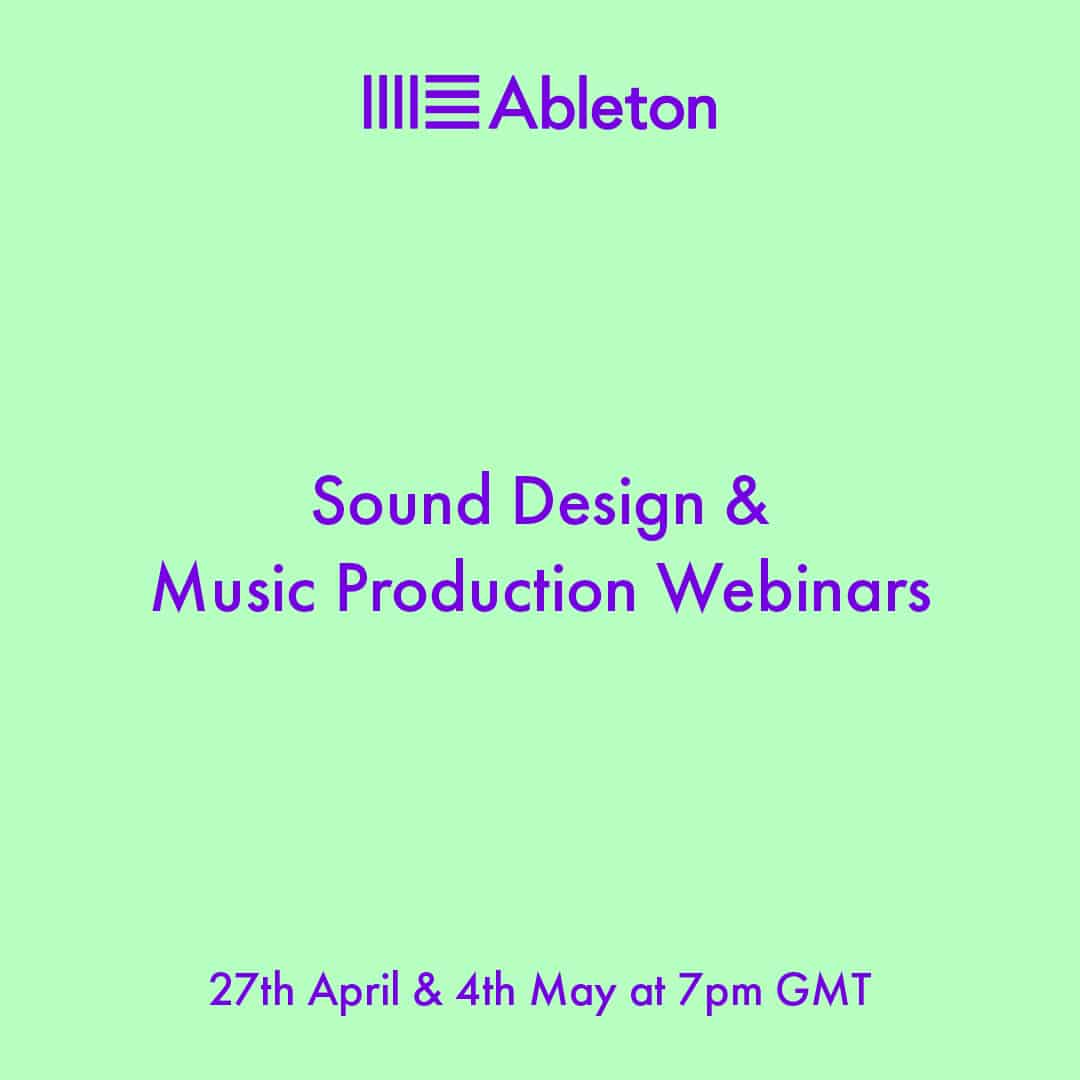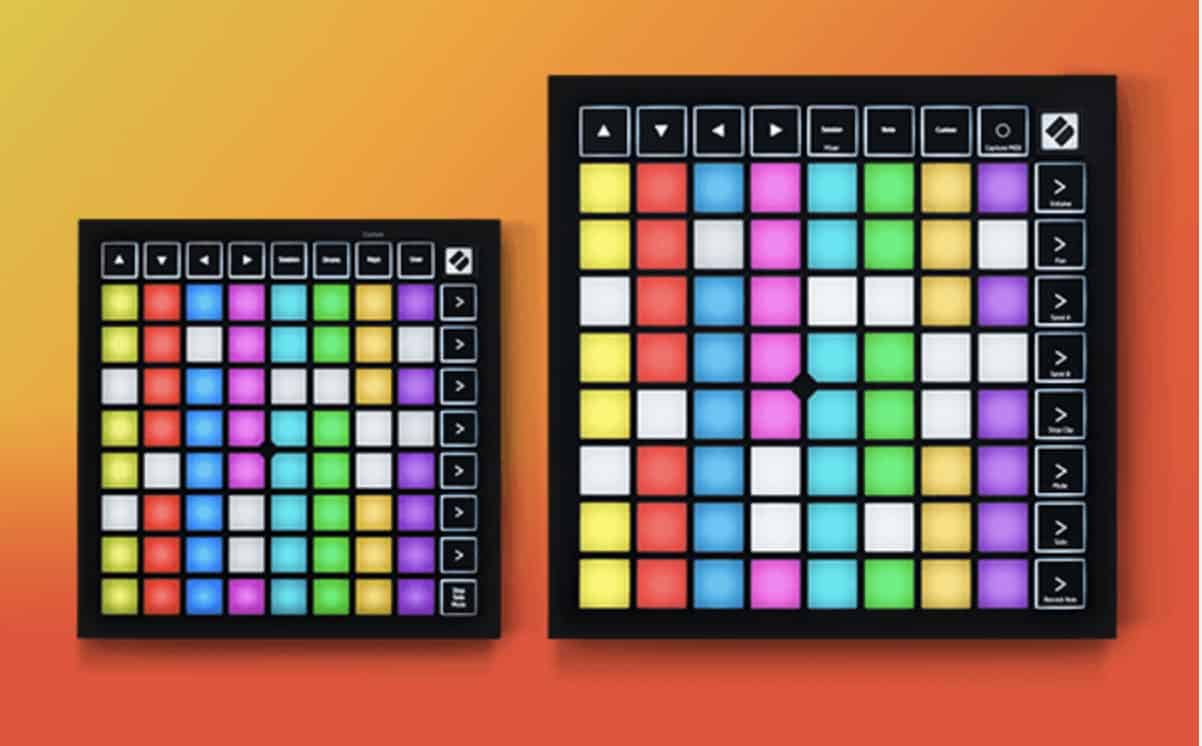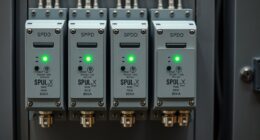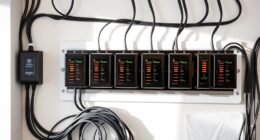LDM DESIGNS – Chance TEN Pack TWO
Following on from the successful Chance TEN pack, LDM DESIGNS brings you another set of modular tools to load up some controlled chaos into your set. Here you can find devices to create random note sequences, randomize note lengths, humanize, sequence probability values, and randomize chords.
This time you can also shuffle the contents of MIDI clips, changing the pitch, velocity and duration. You can even go completely offgrid with the random note generator Windchime.
For this second pack the bonus device is an arpeggiator with some interesting functionality not included in the default Live Midi effect.
Pricing and Availability
CHANCE TEN PACK TWO is available now.

